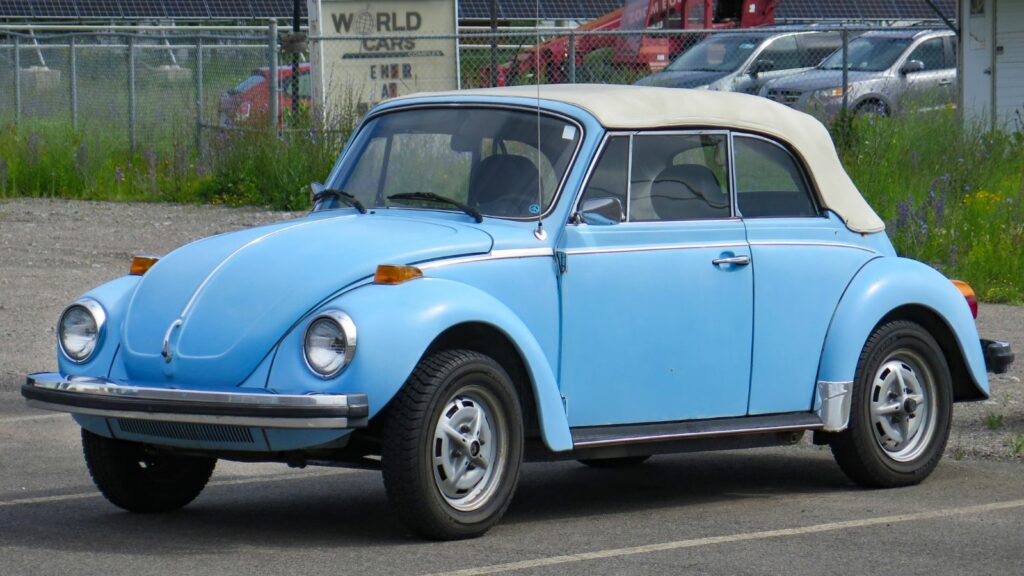The Volkswagen Beetle has been celebrated for its simplicity, charm, and global popularity, but not every version lived up to the legend. While some model years became icons of reliability and quirky fun, others earned reputations for poor build quality, nagging reliability problems, and frustrating ownership experiences. If you’re thinking about adding a Beetle to your garage, here are eight years that history and owners agree are best avoided.
1971 Volkswagen Beetle
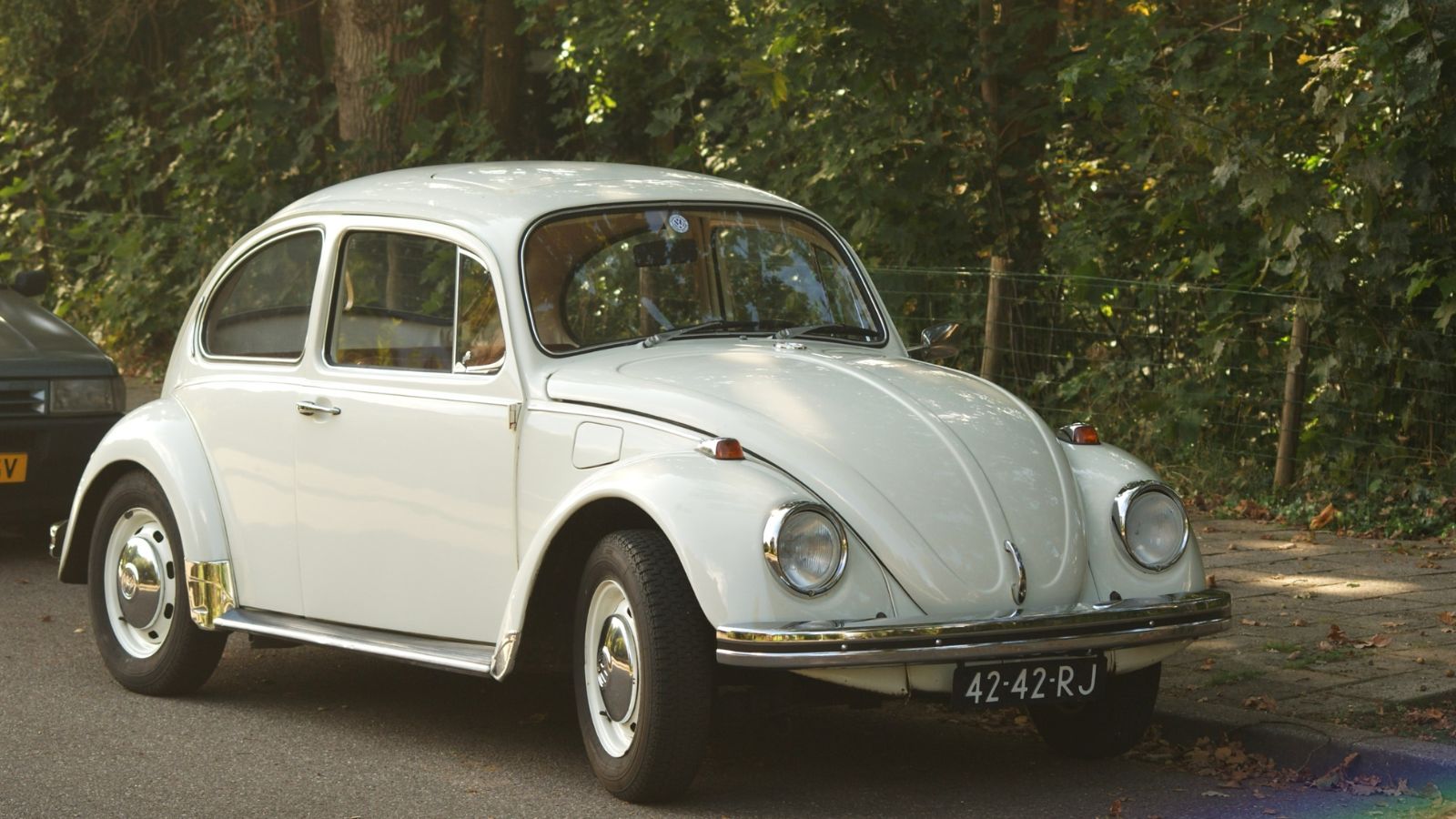
The 1971 Beetle introduced the dual port 1600cc engine, which on paper promised more power and smoother performance. In reality, this engine became more complicated to tune and was less forgiving than the earlier single port versions. Overheating was a common issue, especially in warmer climates, and the quality control from Volkswagen at the time wasn’t consistent. Rust also became a big enemy, with many 71 models developing rot around the floor pans and wheel arches faster than expected. While it was still the familiar Beetle in spirit, this year was one of the first signs that reliability was beginning to slip. Collectors often prefer the 1970 model, which had fewer headaches and a reputation for being more robust.
1974 Volkswagen Beetle
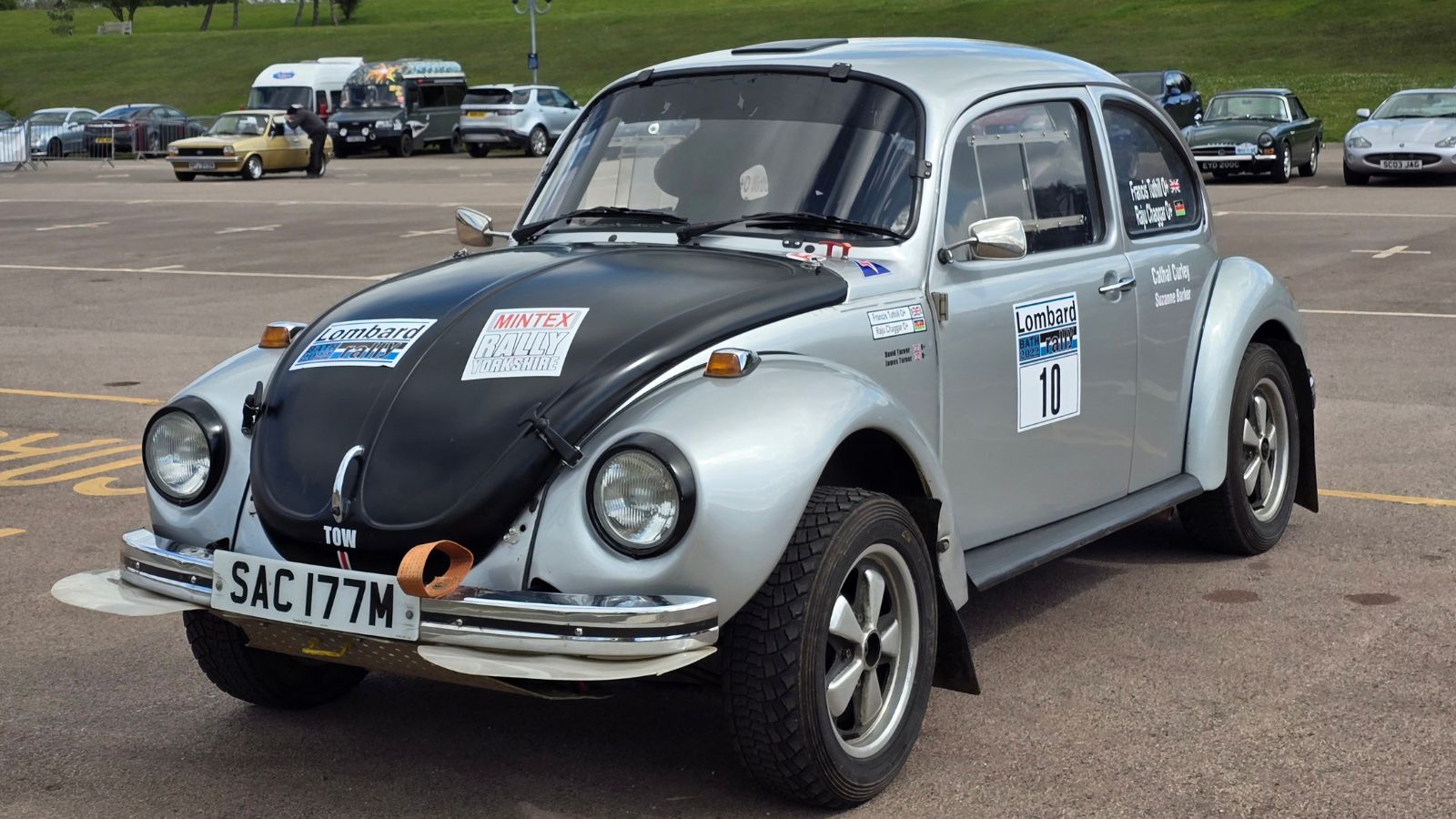
By 1974, the Beetle had to adapt to new U.S. safety and emissions regulations. VW added heavier bumpers and smog control equipment, but these updates came at a cost. The Beetle suddenly felt slower, weighed down by extra safety gear, and the emissions add ons choked performance out of the already modest engine. Owners complained about constant carburetor adjustments and reduced fuel economy. The 74 also had an awkward design transition, with oversized bumpers that didn’t quite fit the car’s classic proportions. For buyers today, these models can be troublesome because replacement parts for some of the emissions systems are rare, and keeping one running properly requires constant tinkering.
1980 Volkswagen Beetle (Brazilian Models)
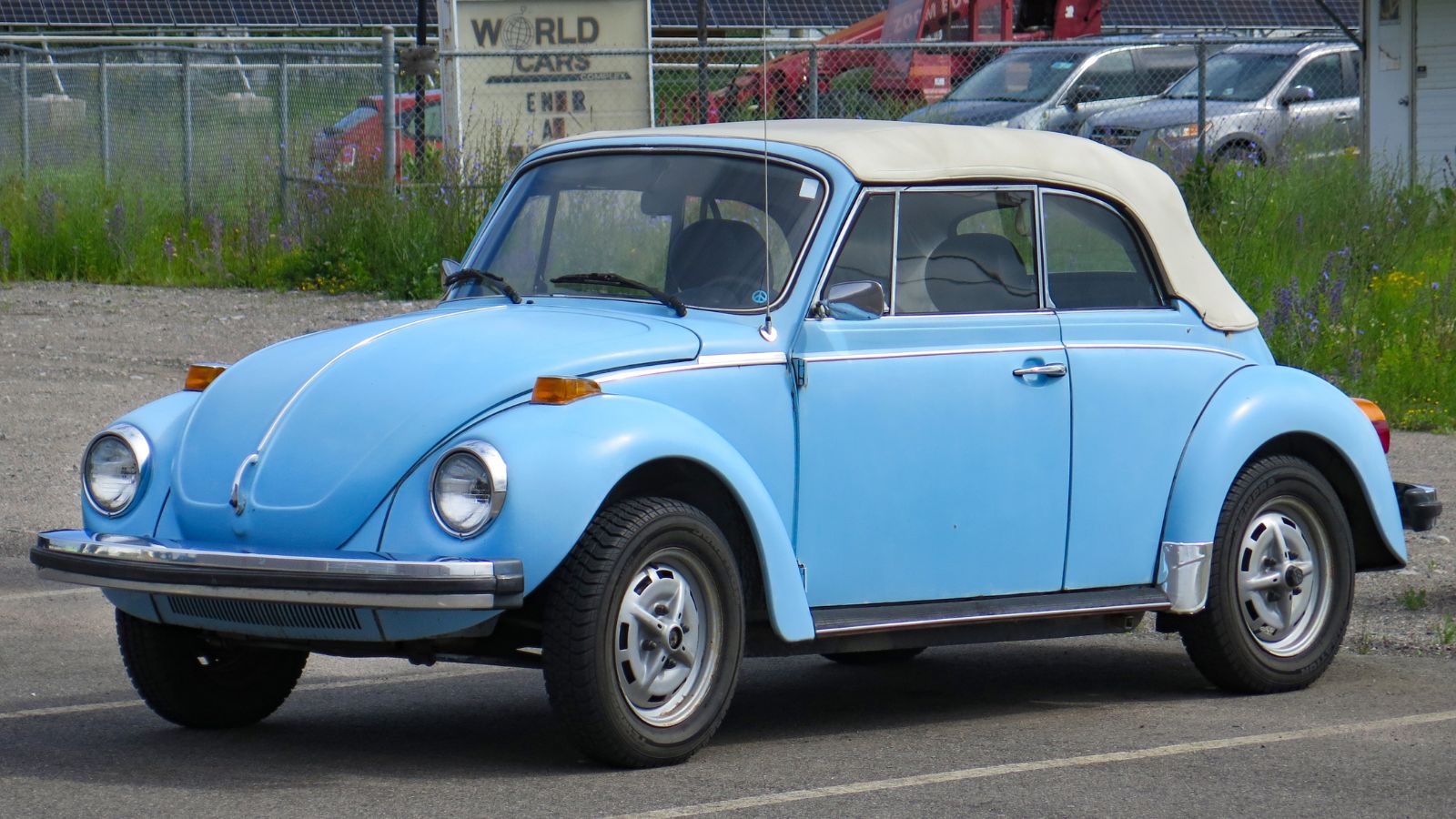
While production of the Beetle ended in Germany in the late 70s, Brazil kept the car alive into the 80s. Unfortunately, the 1980 Brazilian built Beetles never lived up to the standards of their German counterparts. Cost cutting meant thinner metal, lower quality paint, and a generally sloppier finish. Rust was rampant, with floor pans and fenders showing damage in just a few years. Interiors were basic to the point of feeling unfinished, with cheap plastics and vinyl that didn’t age gracefully. Mechanically, they remained simple, but quality control was weak, so durability varied from car to car. Buyers looking for a Beetle from this period often discover that the charm is still there, but the longevity isn’t.
1999 Volkswagen New Beetle
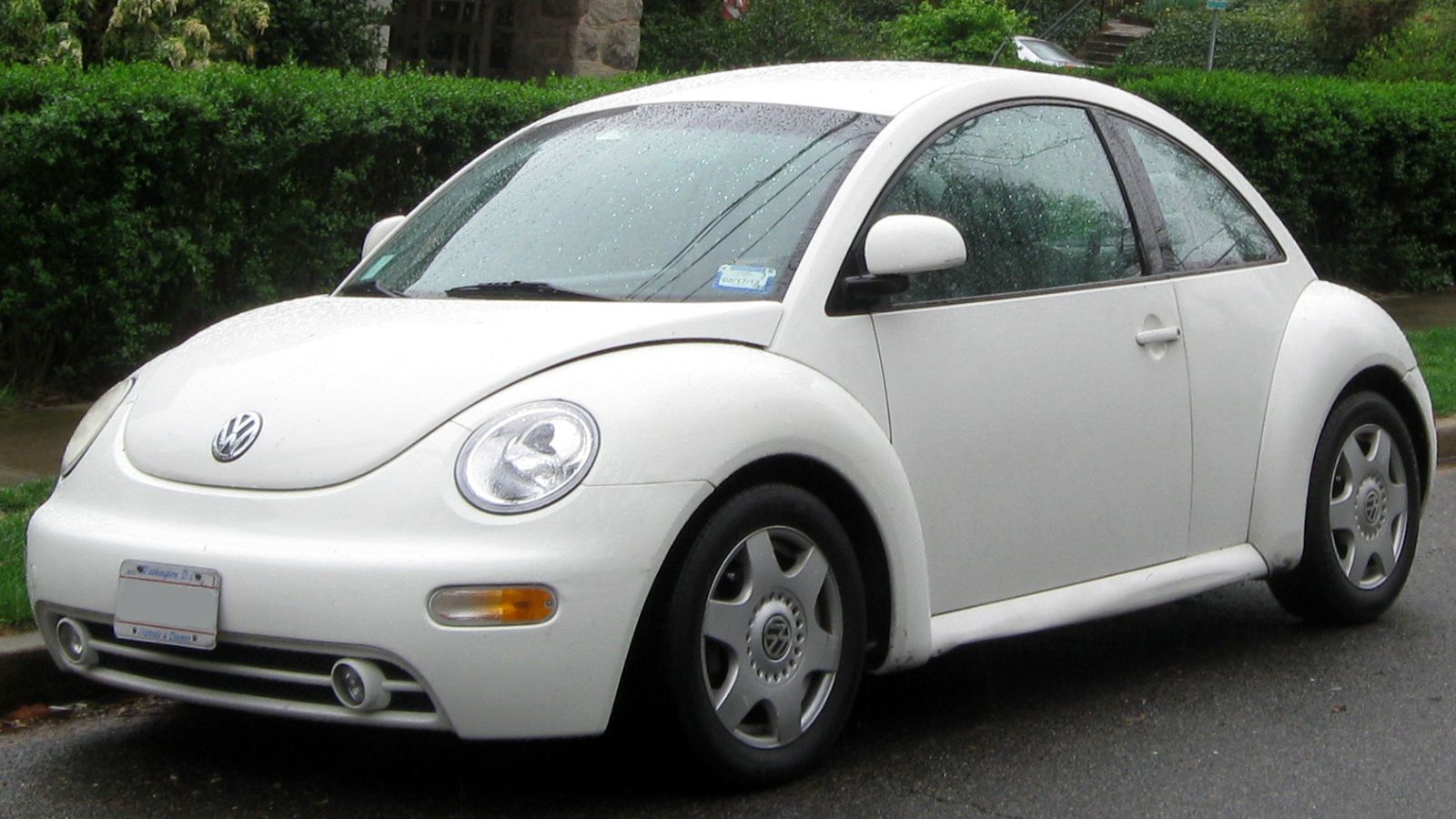
When Volkswagen brought back the Beetle in 1999, the styling was a hit, but the car itself was far from perfect. The 2.0 liter engine was underwhelming, delivering sluggish acceleration compared to competitors. Worse, reliability issues showed up almost immediately. Window regulators were notorious for failing, interior plastics cracked or broke easily, and electrical gremlins haunted everything from the radio to the instrument cluster. Owners often discovered that repairs weren’t cheap, since the New Beetle shared parts with more expensive VW models. On the used market today, the 1999 is remembered as an interesting novelty but one that demands patience and repair bills.
2001 Volkswagen New Beetle Turbo
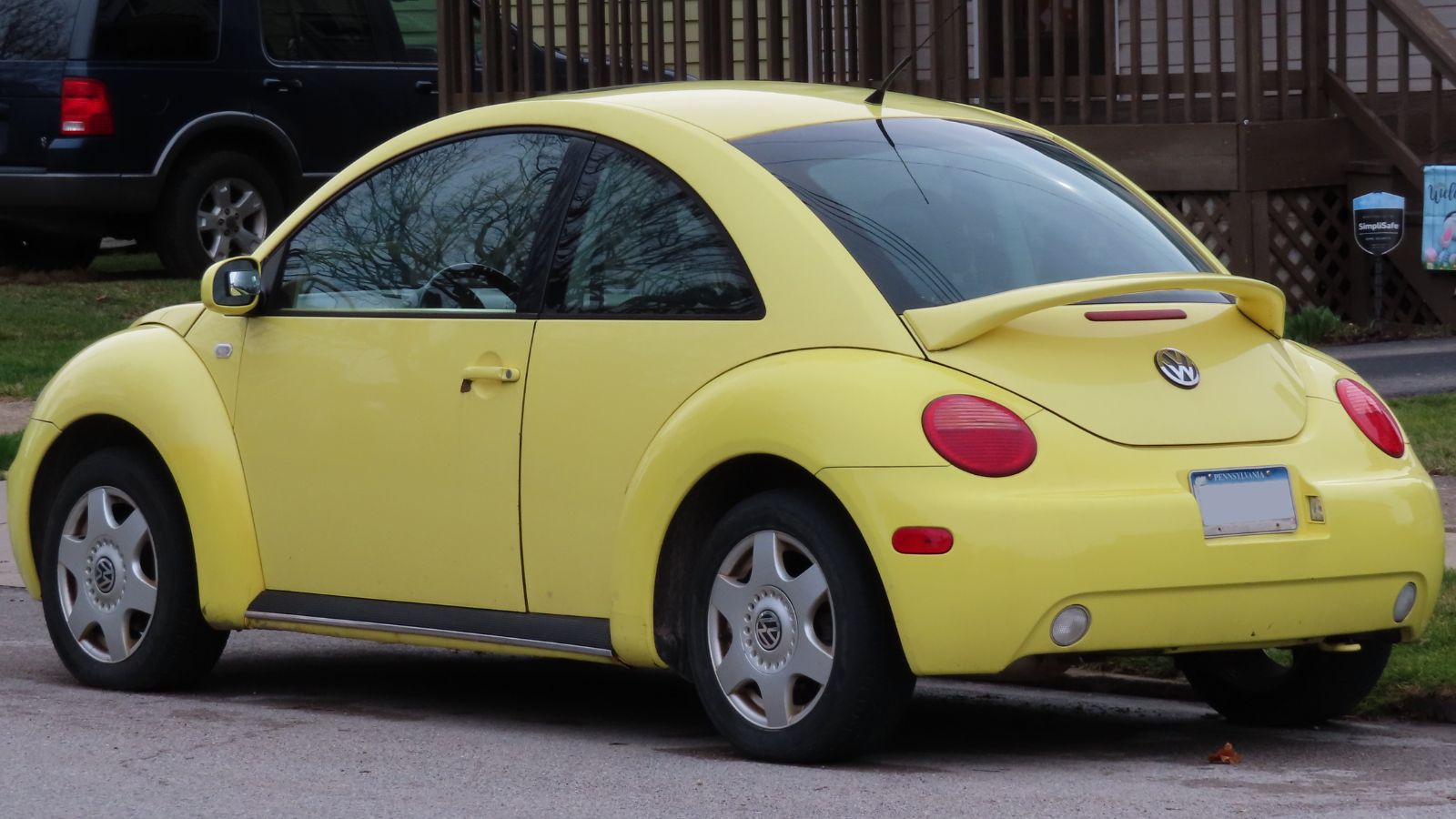
Adding a turbocharged 1.8 liter engine to the Beetle in 2001 sounded like the perfect recipe for fun, but it turned into a mechanical headache. The 1.8T engine itself was lively, but it had a serious flaw: if oil changes weren’t done precisely and on time, sludge buildup could starve the engine of lubrication, leading to catastrophic failure. Timing belt failures were another known killer if maintenance intervals were ignored. While enthusiasts loved the boost in performance, the cost of keeping one alive scared many away. Even today, used examples are risky buys, since many were neglected by owners who didn’t know about the strict service needs.
2004 Volkswagen New Beetle Convertible
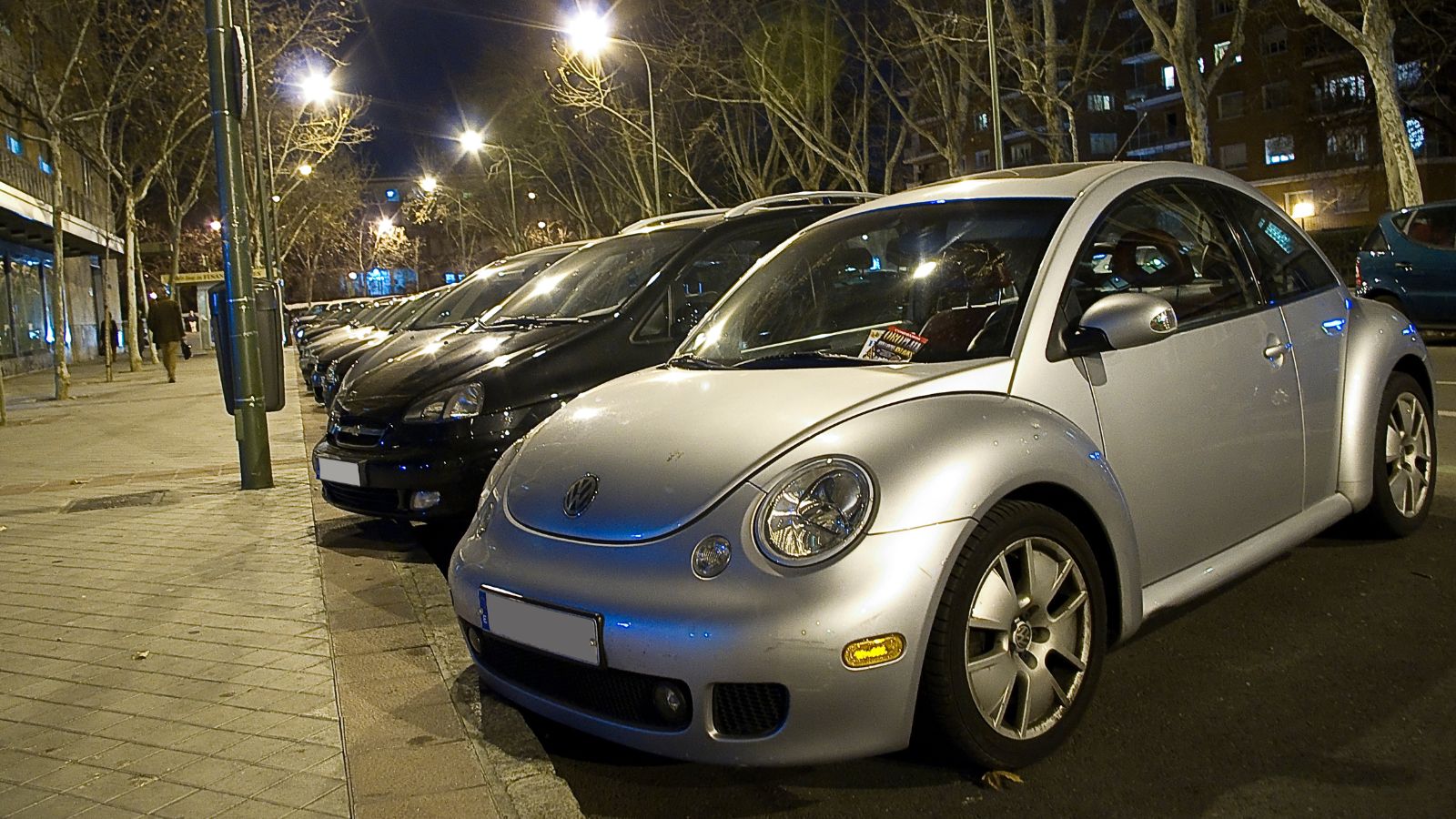
The convertible Beetle seemed like a fun idea, but the 2004 version exposed serious weaknesses. Removing the roof reduced structural rigidity, and VW didn’t reinforce the chassis enough to compensate. The result was excessive body flex, squeaks, rattles, and leaks as the cars aged. The added weight of the folding top mechanism dulled performance further, making the car feel slower and less nimble than the coupe. Owners also reported electrical problems with the roof mechanism and constant issues with weather sealing. Instead of being a stylish cruiser, the 2004 convertible became a money pit for many drivers.
2006 Volkswagen New Beetle
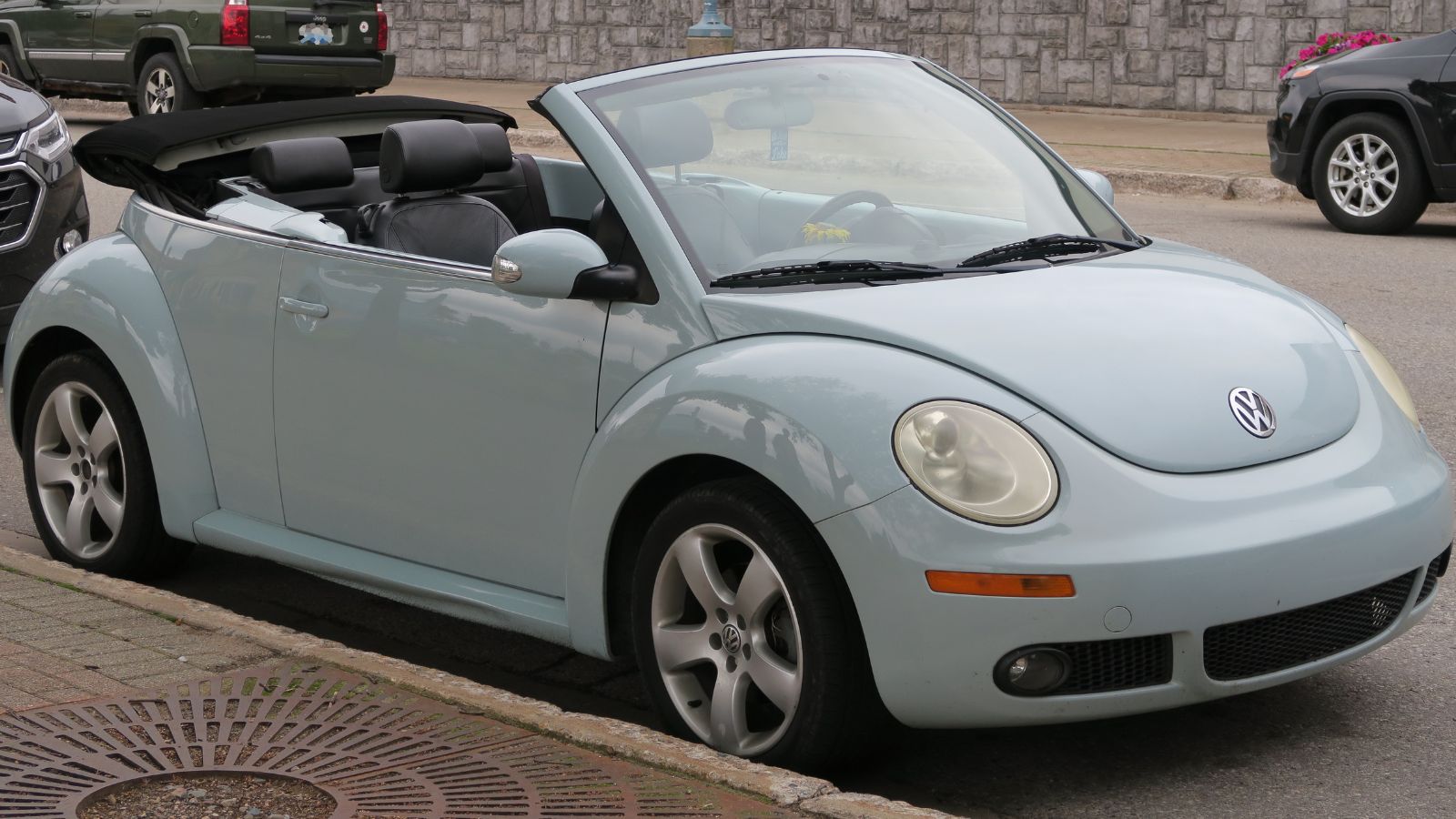
By 2006, the New Beetle was no longer fresh, and quality had slipped even further. Electrical gremlins were everywhere, from faulty window switches to dead instrument clusters. The interiors wore quickly, with the soft touch plastics peeling, scratching, or fading long before they should have. Mechanically, the cars weren’t disasters, but the overall ownership experience was poor. Many owners complained the car felt flimsy and toy like, with repairs often costing more than the car was worth. For collectors or daily drivers, the 2006 model year is one to avoid because of how many reliability complaints piled up.
2012 Volkswagen Beetle
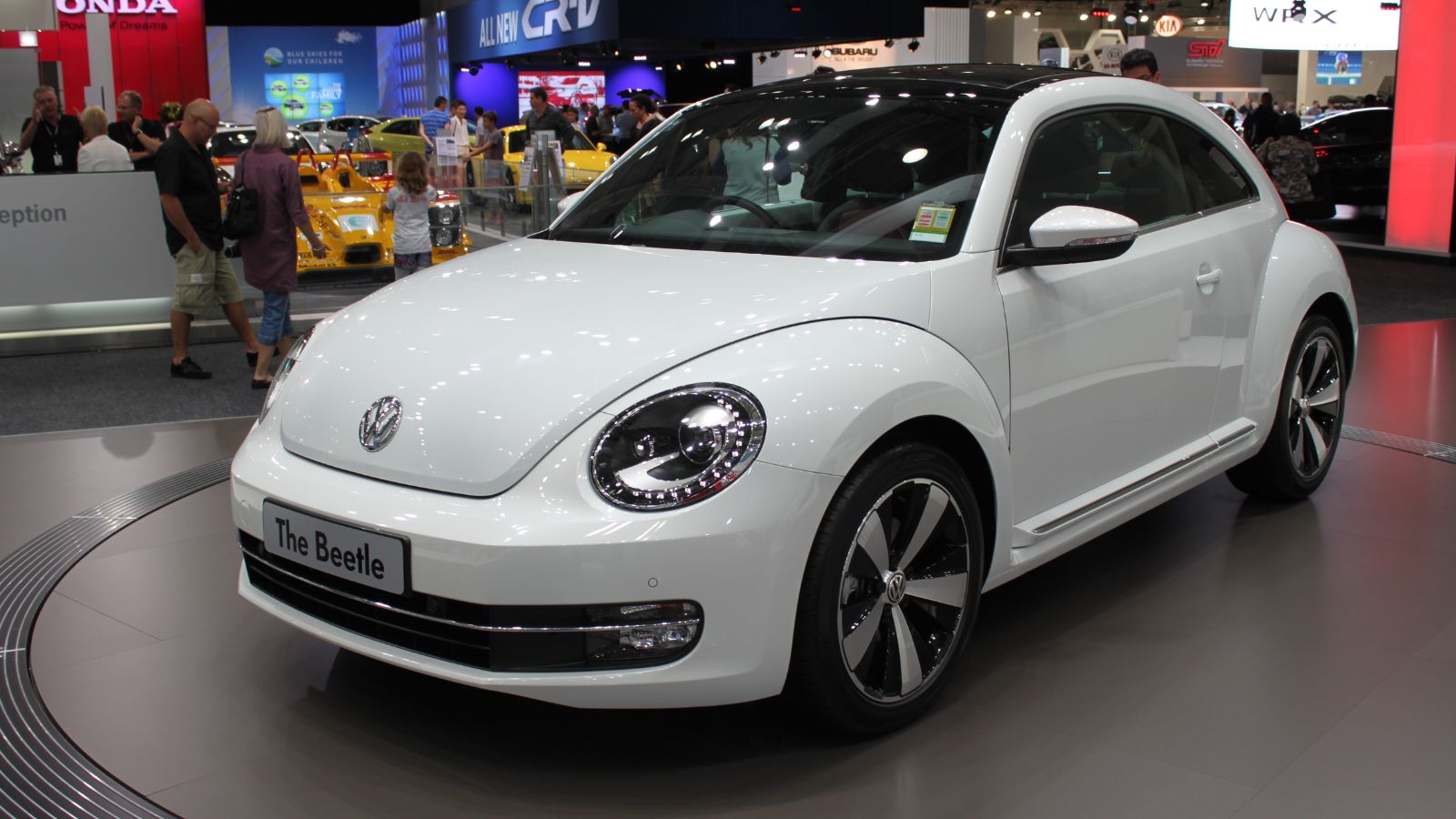
The 2012 redesign gave the Beetle a more muscular look that appealed to a wider audience, but under the skin it carried plenty of flaws. The dual clutch DSG automatic transmission was problematic, with many owners facing expensive repairs or replacements. The turbocharged engines were quick, but they also had issues with cooling systems and turbo reliability. While the car looked sportier than its predecessor, the quality control issues kept cropping up. Today, the 2012 Beetle is often criticized as a car that looked good in showrooms but let buyers down in the long run.
25 Facts About Car Loans That Most Drivers Don’t Realize

Car loans are one of the most common ways people fund car purchases. Like any other kind of loan, car loans can have certain features that can be regarded as an advantage or a disadvantage to the borrower. Understanding all essential facts about car loans and how they work to ensure that you get the best deal for your financial situation is essential. Here are 25 shocking facts about car loans that most drivers don’t realize:
25 Facts About Car Loans That Most Drivers Don’t Realize
